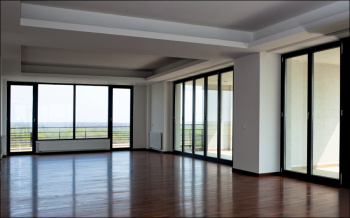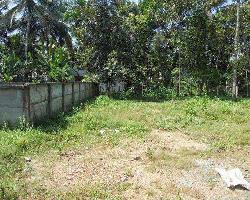Kozhikode
- Buy
Property By Locality
- Property for Sale in Kozhikode
- Property for Sale in Calicut
- Property for Sale in Eranhipalam
- Property for Sale in Kakkodi
- Property for Sale in Thondayad
- Property for Sale in Vadakara
- Property for Sale in East Hill
- Property for Sale in Karaparamba
- Property for Sale in Chevayur
- Property for Sale in Pavangad
- Property for Sale in Palazhi
- Property for Sale in Vengeri
- Property for Sale in Puthiyangadi
- Property for Sale in Chathamangalam
- Property for Sale in Nanminda
- Property for Sale in Chevarambalam
- Property for Sale in Mankavu
- Property for Sale in Moozhikkal
- Property for Sale in Kunduparamba
- Property for Sale in Chelavoor
- Property for Sale in Nadakkavu
- View all Locality
Property By Type
- Residential Plots for Sale in Kozhikode
- House for Sale in Kozhikode
- Flats for Sale in Kozhikode
- Commercial Land for Sale in Kozhikode
- Villa for Sale in Kozhikode
- Agricultural Land for Sale in Kozhikode
- Commercial Shops for Sale in Kozhikode
- Builder Floors for Sale in Kozhikode
- Showrooms for Sale in Kozhikode
- Business Center for Sale in Kozhikode
- Farm House for Sale in Kozhikode
- Office Space for Sale in Kozhikode
- Industrial Land for Sale in Kozhikode
- Hotels for Sale in Kozhikode
Property By BHK
Property By Budget
- Property for Sale within 90 lakhs
- Property for Sale within 2 crores
- Property for Sale within 50 lakhs
- Property for Sale within 60 lakhs
- Property for Sale within 70 lakhs
- Property for Sale within 40 lakhs
- Property for Sale within 1 crore
- Property for Sale within 3 crores
- Property for Sale within 30 lakhs
- Property for Sale within 20 lakhs
- Property for Sale within 5 lakhs
- Property for Sale within 10 lakhs
- Property for Sale above 5 crores
- Rent
Property By Locality
- Property for Rent in Kozhikode
- Property for Rent in Calicut
- Property for Rent in Nadakkavu
- Property for Rent in Thondayad
- Property for Rent in Palazhi
- Property for Rent in Mavoor Road
- Property for Rent in Eranhipalam
- Property for Rent in East Hill
- Property for Rent in West Hill
- Property for Rent in Cheruvannur
- Property for Rent in Feroke
- Property for Rent in Karaparamba
- Property for Rent in Chevayur
- Property for Rent in Puthiyara
- Property for Rent in Beypore
- Property for Rent in Mankavu
- Property for Rent in Ramanattukara
- Property for Rent in Arayedathpalam
- Property for Rent in Kottooli
- Property for Rent in Govindapuram
- Property for Rent in Mavoor
Property By Type
- Flats / Apartments for Rent in Kozhikode
- Office Space for Rent in Kozhikode
- Independent House for Rent in Kozhikode
- Warehouse / Godown for Rent in Kozhikode
- Commercial Shops for Rent in Kozhikode
- Commercial Plots for Rent in Kozhikode
- Residential Land / Plots for Rent in Kozhikode
- Showrooms for Rent in Kozhikode
- Villa for Rent in Kozhikode
- Builder Floor for Rent in Kozhikode
- PG
- Projects
- Agents
Agents in Kozhikode
- Real Estate Agents in Kozhikode
- Real Estate Agents in Calicut
- Real Estate Agents in Mankavu
- Real Estate Agents in Thondayad
- Real Estate Agents in Palazhi
- Real Estate Agents in Mavoor
- Real Estate Agents in NGO Quarters
- Real Estate Agents in Kottooli
- Real Estate Agents in Kunnamangalam
- Real Estate Agents in Arayedathpalam
- Real Estate Agents in Nadakkavu
- Real Estate Agents in Mavoor Road
- Real Estate Agents in Feroke
- Real Estate Agents in Vellimadukunnu
- Real Estate Agents in Eranhipalam
- Real Estate Agents in Puthiyara
- Real Estate Agents in Cherooty Road
- Real Estate Agents in Kochi
- Real Estate Agents in Malaparambe
- Real Estate Agents in East Hill
- Real Estate Agents in Karaparamba
- Services
For Owner


























